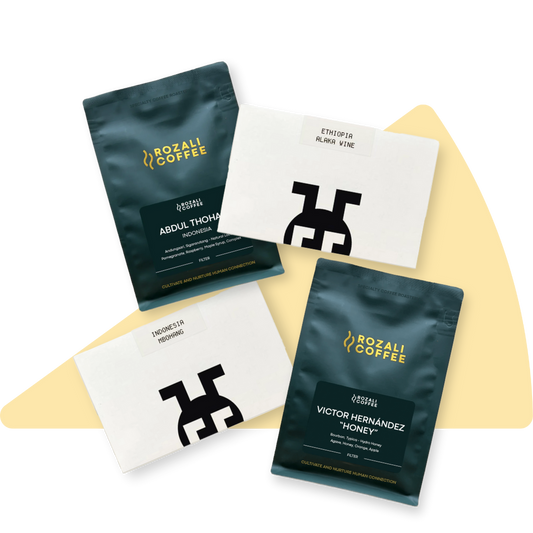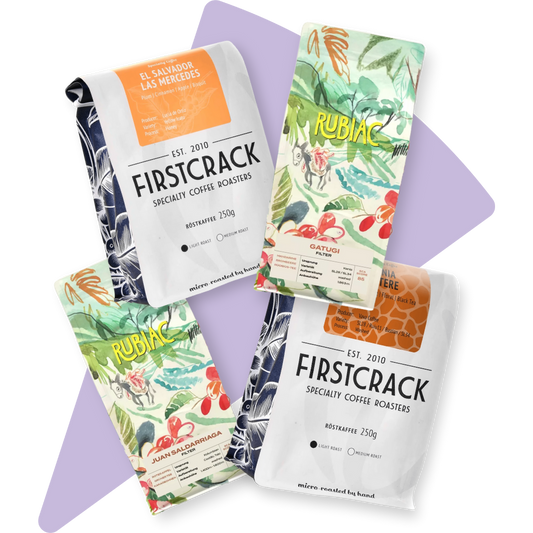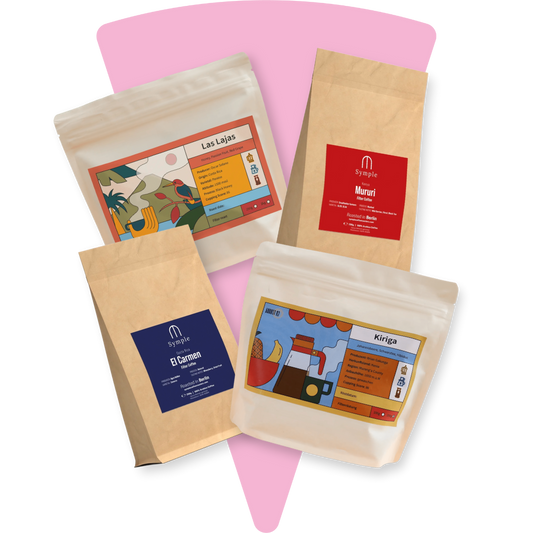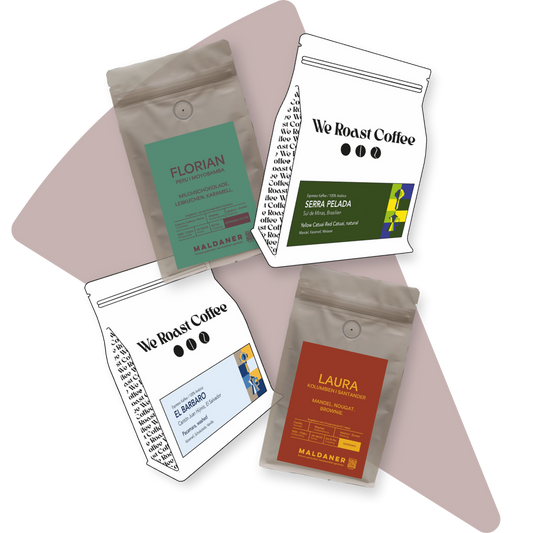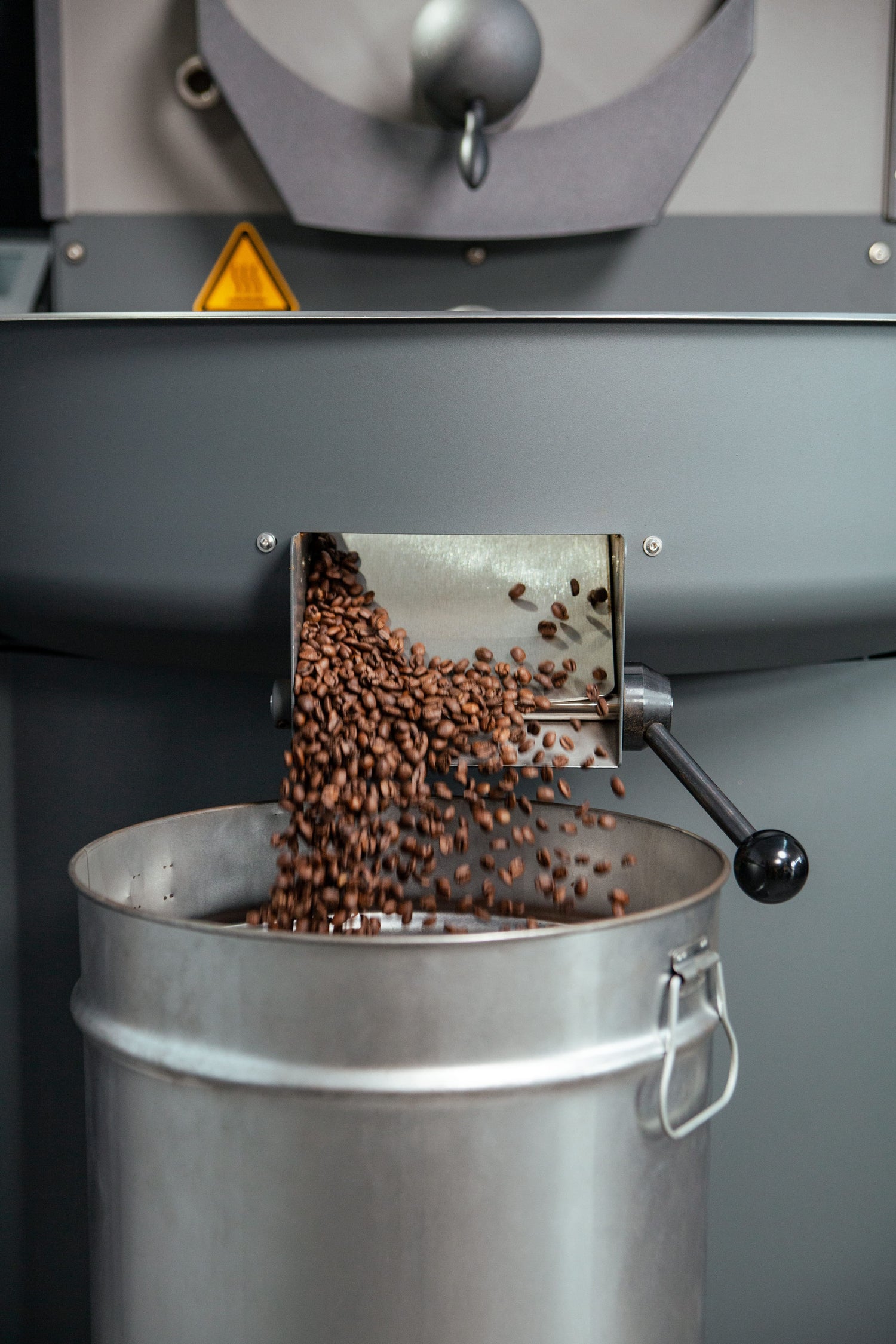
The art of coffee roasting
It is only through coffee roasting that coffee beans gain their unique character and develop their full aroma, which delights us every time. But what exactly happens during roasting and how does it affect the taste?
The basics of coffee roasting
Before we delve into the various aspects of coffee roasting, let’s take a closer look at the basics. Everything starts with the coffee bean. Green coffee, as it comes directly from the coffee plant, does not yet have the intense taste that we associate with coffee. The green beans only release their aromas during coffee roasting. By the way, there are over 800 different flavors hidden in each bean!
The history of coffee roasting goes back a long way. Originally, coffee was roasted over an open fire or in pans. The art of coffee roasting has evolved over time, from artisanal traditions to highly technical processes in modern roasteries. Nowadays there are a variety of professional roasting processes that make it possible to specifically influence the taste of the coffee.
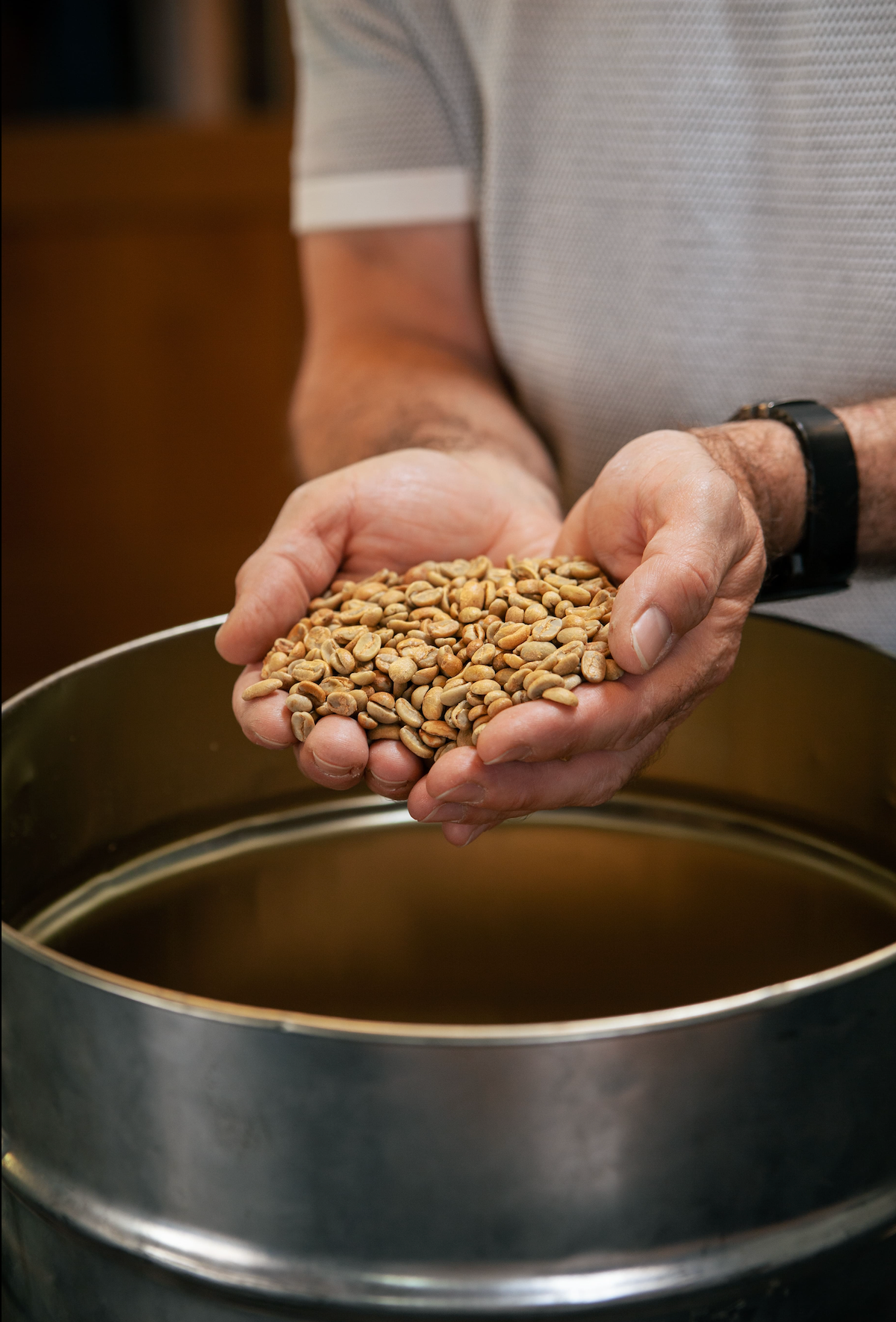
What happens when coffee is roasted?
During coffee roasting, the green, raw coffee beans undergo a demanding transformation using heat. More precisely, the high temperatures rearrange the proteins, amino acids and carbohydrates contained in the coffee bean. Experts speak of the so-called “Maillard effect”. As a result, the bean not only changes color and doubles in size, but also releases its characteristic aromas.
The type of coffee roasting is extremely variable and is significantly influenced by the duration, the energy supply and the final temperature. Depending on the type of roasting, different aromas are released. Before the actual roasting process, the roasting company creates an individual roasting profile for each type of coffee, based on the quality of the beans, the remaining moisture, their density and the desired end product.
The actual coffee roasting occurs through the transfer of heat energy in the roasting container. Three main types of heat transfer are used: heat flow (convection), heat conduction (conduction) and heat radiation (radiation). Each of these methods helps ensure that the beans are roasted evenly and effectively to develop the desired flavors and characteristics.
Coffee roasting: methods and process
The different methods of coffee roasting have evolved over time, with each method producing its own advantages and disadvantages as well as different flavors. The two most common roasting methods are drum roasting and hot air roasting.
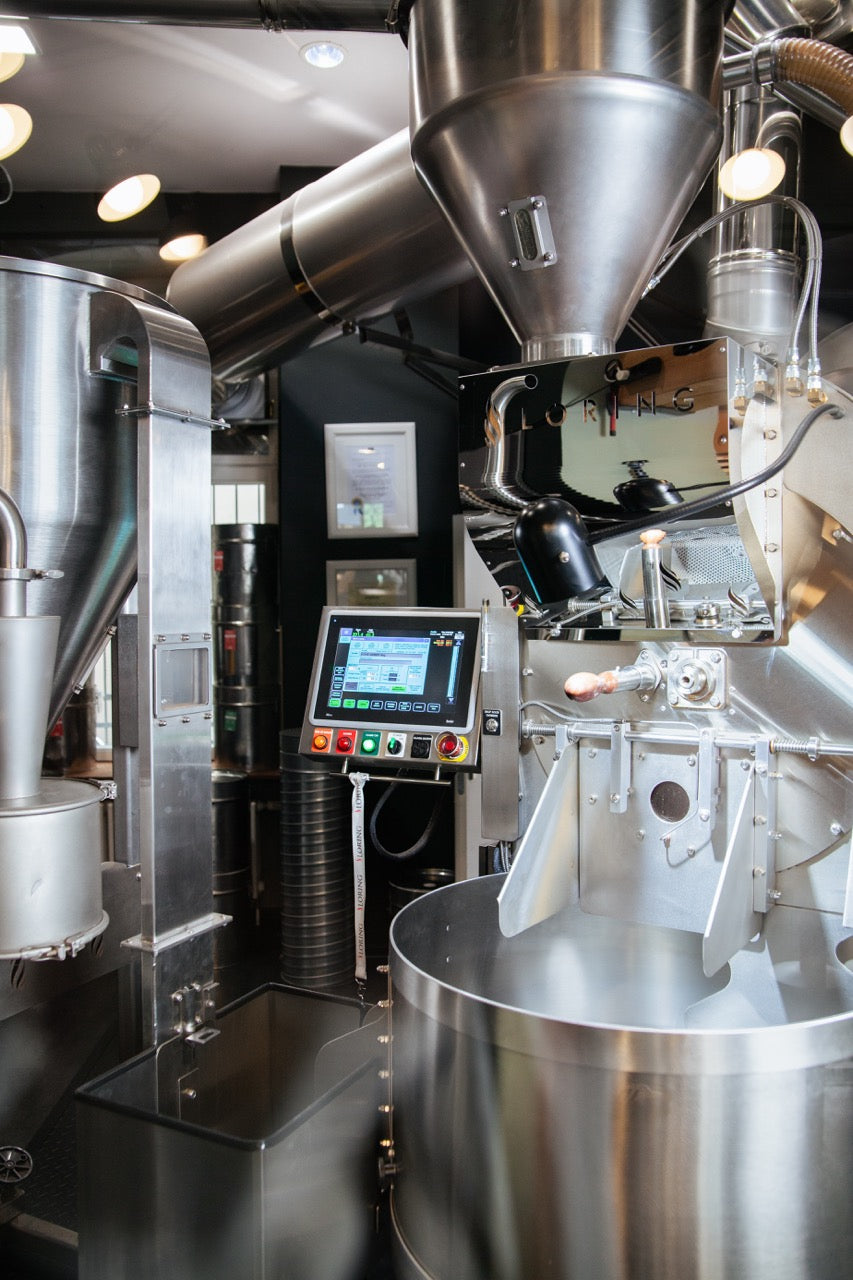
Drum roasting
Drum roasting is a traditional method in which the coffee beans are roasted in a rotating drum over an open flame or with hot air currents. This method allows coffee to roast evenly and offers a lot of control over the process. It is particularly popular with small roasters and lovers of traditional craftsmanship as it produces complex aromas and a deep taste.
At the beginning of drum roasting, the beans change color from green to yellow and then to brown. The beans also enlarge due to escaping roasting gases and the evaporation of water until they finally break open and a crack can be heard – the so-called “first crack”. The roasters then decide whether the beans are finished roasting or should remain in the drum. Drum roasting usually takes between 10 and 25 minutes, depending on the desired roasting level. The temperatures in the roasting drum reach between 180 and 240 °C and have a significant impact on the final result. Once the desired degree of roasting has been achieved, the coffee must be quickly air-cooled to prevent further roasting.
Hot air roasting
Hot air roasting in a fluidized bed is often used in industry. This method is faster and requires less manual control than drum roasting, making it very popular in larger roasters. Within 2 to 10 minutes, the beans are roasted with hot air between 230 and 360 ° C while moving in the air flow. Unlike conventional methods, the beans do not have direct contact with the hot roaster surface. After roasting, cooling takes place in a fluidized bed, either with water or air, to prevent uncontrolled further roasting. A special touch is created when a sugar-water mixture is used for cooling, which is known as roasted candiation.
The choice of roasting method significantly influences the taste and aroma of the coffee. Which method is right for you depends on your personal preferences. In our shop you will find over 300 types of coffee with different roasting levels and flavor profiles, so you are sure to find a coffee to your taste.
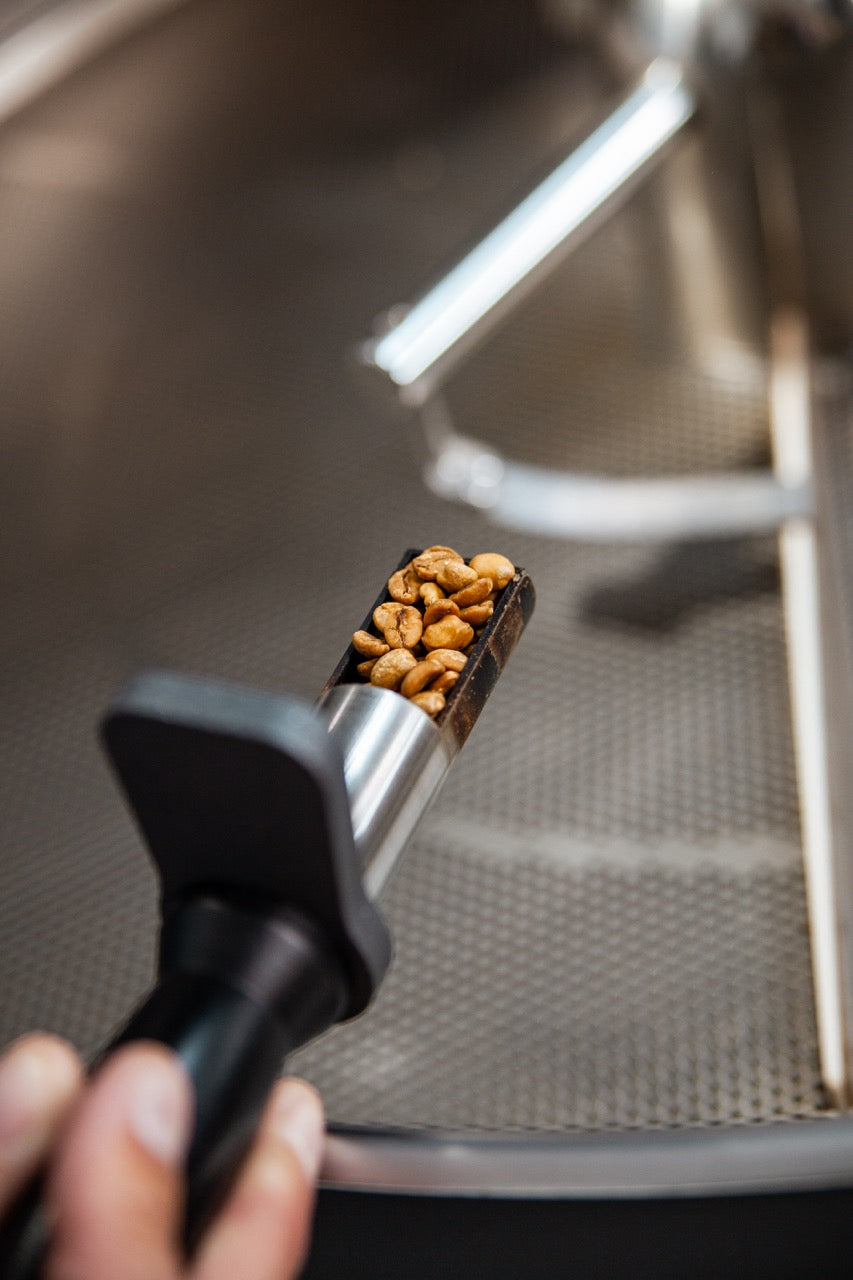
Roasting coffee: Different roasting levels and flavors
As you already know, coffee can be roasted in different degrees of roast – from light to dark. No matter which roasting method you choose, the degree of roasting has a significant impact on the taste of the coffee.
- Light Roasts : These roasts are light brown in color and are characterized by lively acidity and complex aromas. Floral and fruity notes are particularly present here. Light roasts are often found insingle origin coffees as they emphasize the origin characteristics of the coffee.
- Medium Roasts : Medium roasts make the beans slightly darker, resulting in a balanced flavor. Notes of nuts, chocolate and caramel await you here. These roasts are very popular because they maintain the balance between origin aromas and roasted aromas.
- Dark roasts : Dark roasts are deep brown to almost black and have a strong, often smoky aroma. You will increasingly discover roasted aromas and dark chocolate here.
The choice of roasting level depends on your personal taste and your preferred preparation method. The exciting thing about coffee is that the aromas and flavors can constantly change depending on the origin and roasting. So there is a lot to discover!
Your own coffee: coffee roasting at home
While reading this, you may have already asked yourself whether you can roast your coffee beans yourself. Then I have good news for you: You can become a roaster yourself in your kitchen and roast your own coffee beans. All you need is the right equipment and a little practice.
You can do DIY coffee roasting in a variety of ways, from pan roasting to a popcorn machine to special roasting machines for home use. Each method has its own advantages and disadvantages, but the most important thing is that you have control over your roasting process. You can experiment, vary the degree of roasting and the roasting time and create your own personal coffee.
If you want to enter the world of home roasting, you should do your research beforehand and make sure you have the right equipment and the necessary knowledge about the roasting process. It takes patience and practice, but it's definitely worth it. And who knows, maybe you'll soon be presenting your friends with the best coffee in town.
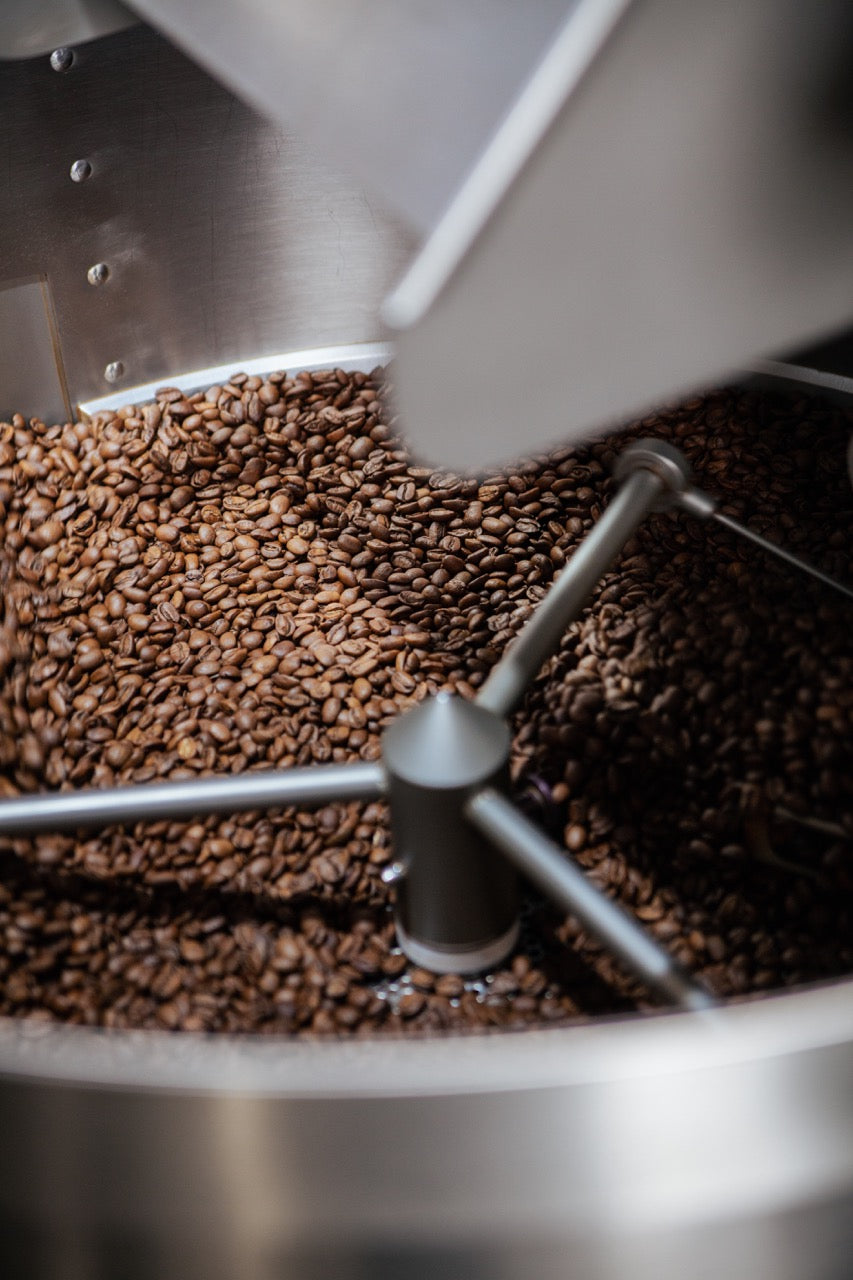
From coffee roasting to the cup: degree of roasting and preparation
Roasting your coffee beans is not only a science, but also the key component to the ultimate coffee experience. How you should prepare your coffee is largely influenced by the roast, as different preparation methods require different roasts to achieve the best possible result.
Light roasts work particularly well forfilter coffee , while darker roasts are often preferred for espresso . When drum roasting, this is sometimes done by waiting for the so-called “second crack”, i.e. the coffee bean to burst open again. This results in very intense roasted aromas in the cup.
Roasting coffee also affects aspects such as the extraction, body and acidity of your coffee. A very light roast coffee can have lively acidity and subtle fruity notes that may not be best displayed as espresso. A slightly darker coffee is sometimes better here because it has been roasted specifically to be prepared as espresso.
Experiment with different roasts and preparation methods to find out which coffee suits your taste best.
This is how you store beans properly after coffee roasting
Roasting alone is not the only factor that influences the taste of your coffee. The way you store your roasted coffee is also crucial. To ensure that your coffee stays as fresh as possible, you should follow a few important tips.
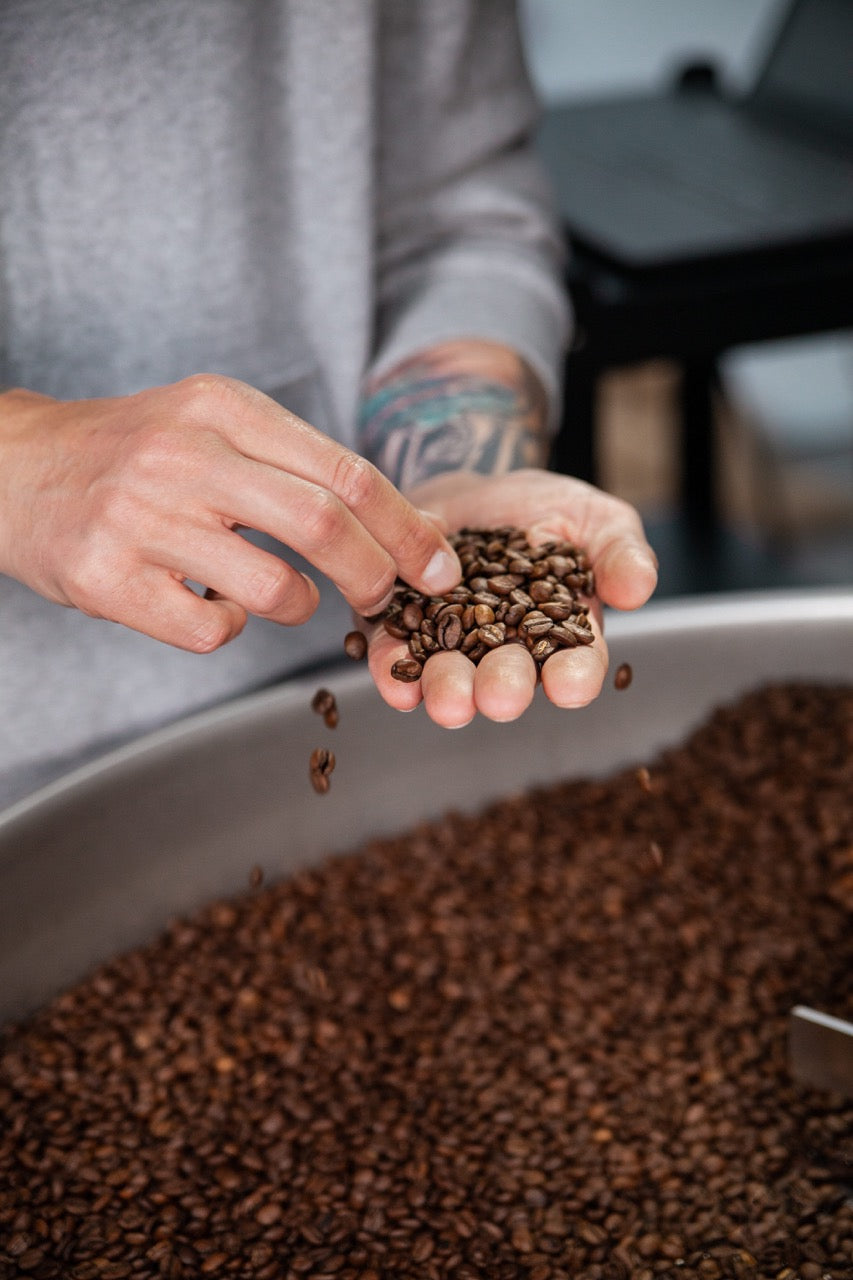
storage
Store your roasted beans in a cool, dark, and dry place. Avoid direct sunlight and moisture, as these will age the coffee quickly. We also advise you to seal the coffee airtight to minimize contact with oxygen. Glass or plastic containers with lockable lids work well for storage .
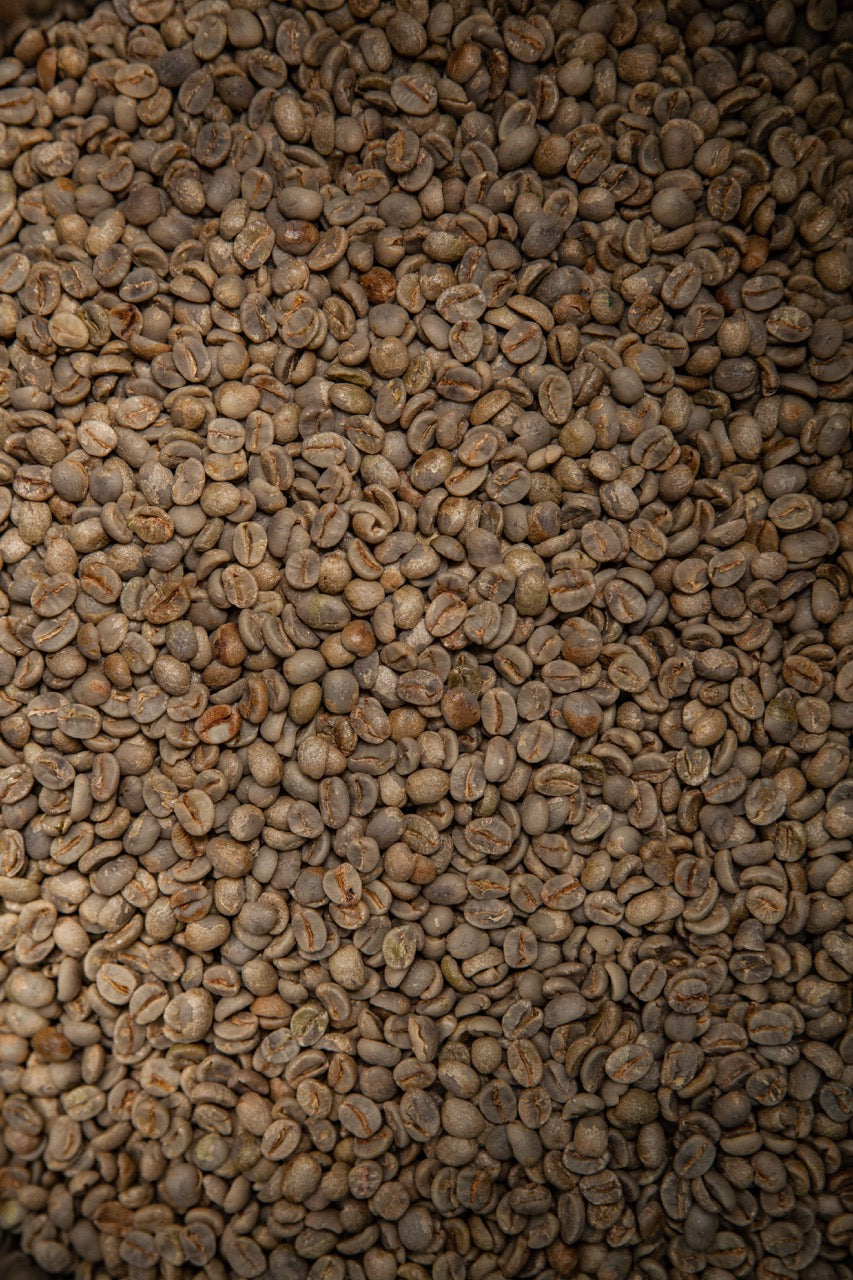
durability
The shelf life of roasted coffee depends on various factors, including the degree of roasting and storage conditions. As a rule, coffee remains at its peak flavor for around two to four weeks after roasting. After that it starts to lose quality. To get the most out of your roasted coffee, purchase small amounts of freshly roasted coffee and consume it within that time frame.
Coffee roasting: From the bean to the taste explosion
coffees significantly influenced. Whether you roast your own coffee or buy your coffee from a roaster, be brave enough to experiment and try new roasts. With a little curiosity, you can discover an extraordinary coffee experience that goes far beyond the usual morning caffeine kick.
Discover different roasts
-
Experimental & Complex Tasting Set Filter
(0)Kolumbien, Äthiopien, Indonesien- €68,90 / 4 x 250g
-
- €68,90 / 4 x 250g
- Unit price
- / per
- Translation missing: en.products.product.price.price_per_kg
- €68,90 / per kg | €1,10 per / Cup
New -
Floral & Light Tasting Set Filter
(0)Kenia, Kolumbien, El Salvador- €56,90 / 4 x 250g
-
- €56,90 / 4 x 250g
- Unit price
- / per
- Translation missing: en.products.product.price.price_per_kg
- €56,90 / per kg | €0,91 per / Cup
New -
Fruity & Lively Tasting Set Filter
(0)Costa Rica, Ethiopia, Kenya- €56,90 / 4 x 250g
-
- €56,90 / 4 x 250g
- Unit price
- / per
- Translation missing: en.products.product.price.price_per_kg
- €56,90 / per kg | €0,91 per / Cup
-
Nutty & Chocolaty Espresso Tasting Set
(0)Brazil, Colombia, El Salvador, Peru- €42,90 / 4 x 250g
-
- €42,90 / 4 x 250g
- Unit price
- / per
- Translation missing: en.products.product.price.price_per_kg
- €42,90 / per kg | €0,69 per / Cup
FAQ coffee roasting
frequently asked Questions
What is coffee roasting?
Coffee roasting is the process of converting green coffee beans into roasted beans by heating them. This process significantly influences the taste, aroma and color of the coffee.
How does coffee roasting work?
Coffee is roasted in roasting machines that roast the green coffee beans at high temperatures. During the roasting process, flavors develop through Maillard reactions and caramelization.
What types of coffee roasts are there?
There are three main types of coffee roasts: light, medium and dark. Lighter roasts preserve the original flavors of the beans, while darker roasts have bolder flavor profiles with roasted aromas.
What role does the roasting time play?
The roasting time influences the intensity of the coffee taste. Shorter roast times tend to produce lighter roasts, while longer roast times result in darker roasts.
How do you choose the right roast?
The choice of roast depends on personal taste. Lovers of fruity and floral notes often prefer lighter roasts, while those who like bold, chocolatey flavors opt for darker roasts.
What is the best way to store roasted coffee?
Coffee should be stored in an airtight container in a cool, dark place to preserve freshness. Avoid direct sunlight and do not store coffee in the refrigerator.
What role does the roasting method play (drum roasting vs. hot air)?
The roasting method affects the taste. Drum roasts are traditional and often offer a more even roast, while hot air roasts tend to retain more vibrant acidic notes. Both have their advantages and disadvantages.
More coffee knowledge
View all-
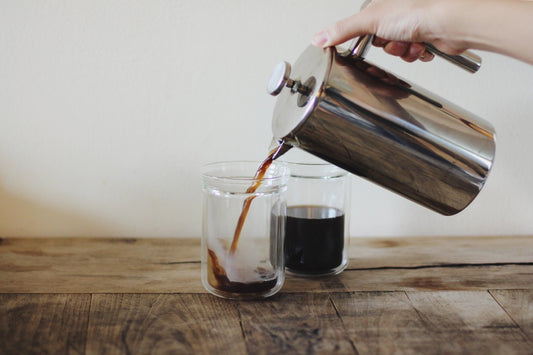
Cleaning a Coffee Pot: A Guide to Proper Care
Whether it's coarse dirt or light dirt - with our guide you'll be able to clean your coffee pot in no time. Also find out how you can avoid pollution...
Cleaning a Coffee Pot: A Guide to Proper Care
Whether it's coarse dirt or light dirt - with our guide you'll be able to clean your coffee pot in no time. Also find out how you can avoid pollution...
-
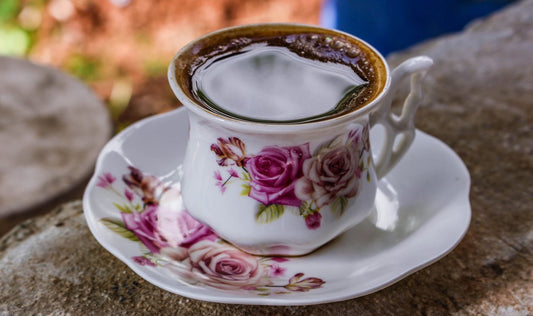
Flower coffee: what does the term mean?
Floral coffee? What should it be? If you have just asked yourself this question, you should read this article. Because perhaps you have already prepared it yourself unknowingly.
Flower coffee: what does the term mean?
Floral coffee? What should it be? If you have just asked yourself this question, you should read this article. Because perhaps you have already prepared it yourself unknowingly.
-
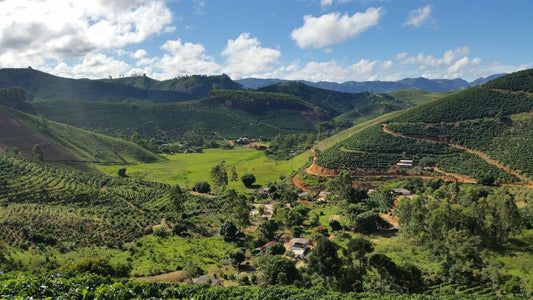
Growing Coffee: From Plant to Cup
Immerse yourself in the fascinating world of growing coffee! In this article, you'll learn how coffee grows, what techniques are needed to harvest perfect coffee beans, and what developments are...
Growing Coffee: From Plant to Cup
Immerse yourself in the fascinating world of growing coffee! In this article, you'll learn how coffee grows, what techniques are needed to harvest perfect coffee beans, and what developments are...

